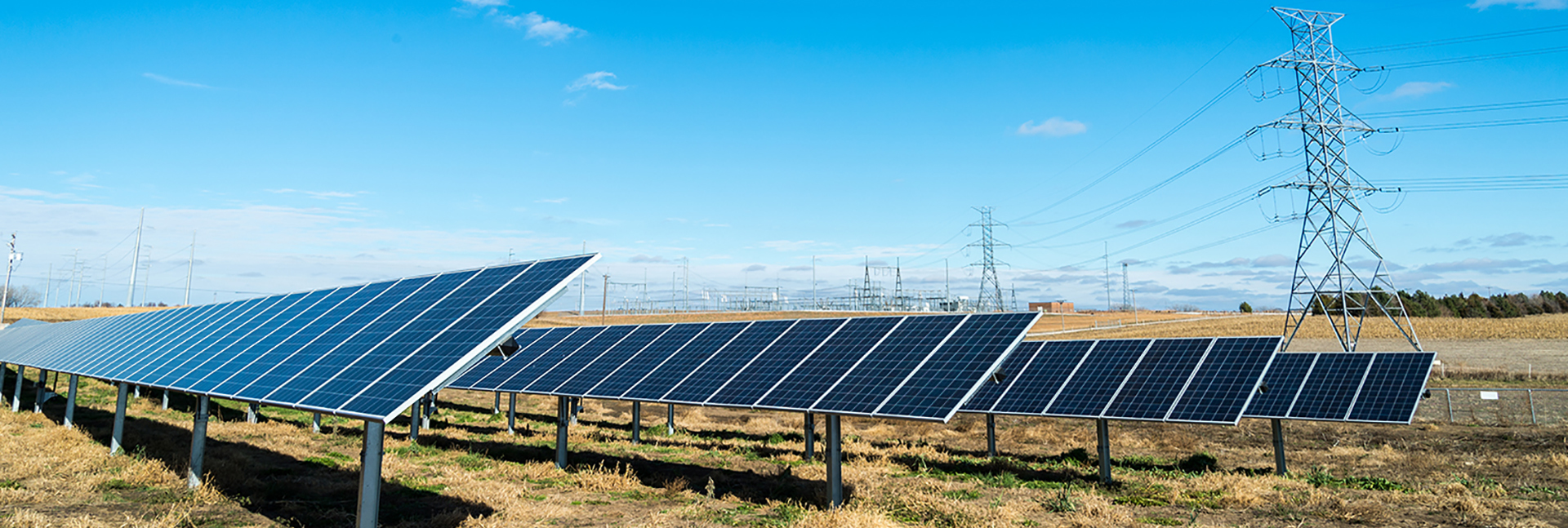Transmission
Access to high-voltage transmission lines is key for the development of utility-scale solar power projects, as transmission lines are what move the power from where the electricity is generated to where it is consumed. SEIA promotes the expansion of the transmission grid through federal and state initiatives.
Background
One of the primary barriers to the continued development of solar generation is the lack of high-capacity transmission. Moreover, current transmission planning occurs on a state-by‐state basis, with little regard to integrating renewable resources. These efforts have largely focused on intrastate transmission, and have neglected to identify and prioritize transmission lines that provide regional and system‐wide renewable energy and reliability benefits.
Thus, interstate transmission lines, which would deliver energy from solar generation facilities to energy demand (“load”) centers, have not been the focus of current transmission planning. These interstate lines are critical from an energy delivery and reliability perspective and complex from a planning perspective. Therefore, a coordinated and cooperative planning effort is required to develop these interstate lines.

Steps to Overcome Transmission Barriers to Solar Energy
- Transmission planning must be done on a regional level.
- Transmission planning must be implemented on a very disciplined and tight timeframe.
- Transmission planning cannot be achieved without resolving the "seams" issues – especially cost allocation and scheduling – that exists among control areas. The states, the Federal Energy Regulatory Commission (“FERC”), utilities, and grid operators must work cooperatively to address the seams issues. Planning cannot be done in geographic or jurisdictional isolation. Each of these entities has a role to play (in siting, transmission study, grid management, and cost recovery) and must do their part to ensure timely development of renewable generation.
- A regional planning process must prioritize the planning, permitting, cost allocation, and construction of key foundational lines.
